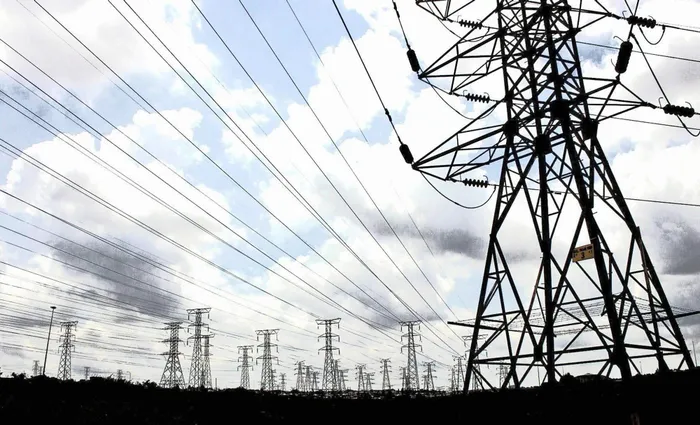BUDGET: How Eskom plans to address its revenue gap
Budget

Eskom is holding talks with National Treasury on how to address its funding gap, give lower than expected tariff increases granted to the utility by the National Energy Regulator of South Africa
Image: Bhekikhaya Mabaso/Independent Newspapers
Eskom was in talks with Treasury on how it would close the revenue gap due to the National Energy Regulator of South Africa (NERSA) only allowing tariff increases well below its three-year request.
In the six months ended September 2024, a period in which there was no national load shedding, Eskom’s revenue rose by 15.8% year-on-year to R183.71 billion. This meant its profit before tax grew more than tenfold to R23.03bn from only R2.24bn in the same period in 2023 when load shedding was at its worst.
In the 2023/4 financial year, which is the latest available annual report, although Eskom’s 2024/5 financial year ended in March 2025, Eskom’s revenue grew by 14% to R295.8bn due to an 18.7% tariff increase, while sales fell by 3%.
Statistics South Africa, in its December 2024 electricity report, noted that total South African electricity consumption grew by 3.3% in 2024 to 212 952 gigawatt-hours (GWh), but this was still 11.7% below the record 241 170 GWh used in 2017.
Eskom said its losses doubled to R55bn in 2023/24 due to tariffs that did not reflect costs, poor operational performance, non-payment by municipalities, and high finance costs. That is why it applied for a 36.15% tariff increase in 2025/6, but NERSA only granted Eskom a 12.74% tariff increase for implementation on 1 April.
NERSA chairperson Thembani Bukula said it had also approved increases of 5.36% and 6.19% for Eskom’s 2026/27 and 2027/28 financial years. This compared with Eskom’s requests for 11.8% and 9.1% respectively.
The Treasury, in its Estimates of National Expenditure (ENE), said that Eskom revenue is expected to increase at an average annual rate of 11.8%, from R337.1bn in 2024/25 to R470.8bn in 2027/28, as annual tariffs for customers supplied directly by Eskom increase.
The Treasury noted that municipal debt to Eskom rose from R74.4bn at the end of March 2024 to R94.8bn at the end of December 2024. The Treasury said 11 municipalities were currently part of the municipal debt relief program that allowed some debt write-off provided the municipalities kept up to date with current obligations to Eskom and instituted programs such as smart meters, so that municipal collection for electricity usage improved.
The Treasury warned that the progress on the unbundling of Eskom into the three distinct entities of generation, transmission, and distribution has been slow. After Eskom failed to dispose of the Eskom Finance Company by the agreed deadline, the government reduced the debt-relief allocation by R4 billion.
The Treasury said the evolution of the electricity supply industry and the connection of large-scale renewable and distributed energy will require Eskom’s transmission and distribution infrastructure to be significantly strengthened and expanded. This is aligned with the requirements contained in the transmission and distribution network development plans.
It said expenditure in the transmission division accounts for 28.3% of total spending, increasing at an average annual rate of 16.5%, from R87.5bn in 2024/25 to R138.3bn in 2027/28, due to the execution of the transmission development plan for grid expansion. Spending on distribution accounts for 10.7% of Eskom’s budget over the period ahead.
Eskom’s most recent financial plan also targets profitability from 2026/27 onwards, but escalating municipal debt arrears continue to negatively affect its financial performance and present an existential threat.
The debt-relief arrangement granted to Eskom over the past few years was intended to strengthen its balance sheet, enabling it to restructure and undertake the investment and maintenance needed to support stable electricity supply aligned with national needs.
The Eskom Debt Relief Act (2023) was promulgated in July 2023, and Eskom is required to comply with strict conditions attached to this act until 31 March 2026. These conditions include the disposal of non-core assets.
BUSINESS REPORT
Visit: www.businessreport.co.za